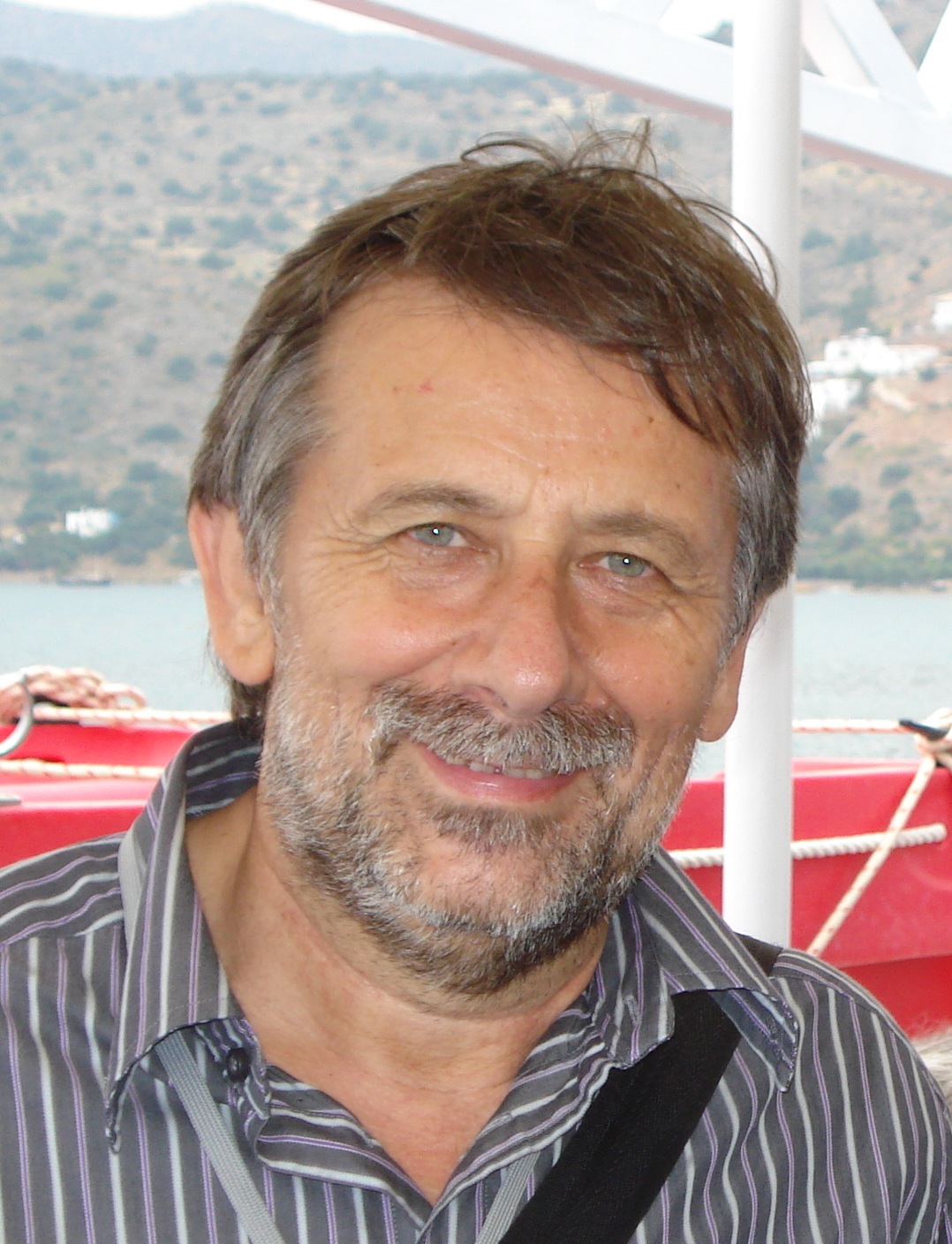| Name |
Christos Haldoupis |
| Address |
University of Crete, Department of Physics Heraklion, Crete, 71003, Greece |
| Telephone |
+30-2810-394222(Office)
|
| Fax |
+30-2810-394301 |
| E-Mail |
This e-mail address is being protected from spambots. You need JavaScript enabled to view it
|

Education
Ptichion (4-year B.Sc.), Department of Physics, University of Thessaloniki, Greece.
PhD, Department of Physics and Engineering Physics, University of Saskatchewan, Canada.
Career
He has been involved with the University of Crete since its beginning, in 1978. He worked for two years (1979-81) as a postdoctoral fellow in the Institute of Physics, University of Oslo, Norway, and as a research associate (1984-85 and 1993-94) in the Institute of Space and Atmospheric Studies, University of Saskatchewn, Canada. In 1985 he was elected assistant professor in the Department of Physics, University of Crete, received tenure in 1988 and later promoted to associate professor and then to full professor. Since 1985, he worked for several periods as a visiting scientist at the Max-Planck Institut für Aeronomie, Germany, the Université de Paris VI (Pierre and Marie Curie), and Université de Rennes I, France. Also I spent sabbatical leaves as a visiting professor at Max-Planck Institute, Germany, the Physics Department, University of Saskathewan, Canada and the Solar-Terrestrial Environment Laboratory, Nagoya University, Japan. In the Department of Physics, University of Crete, he was responsible for the Laboratory of Ionospheric Physics. He is retired since September 2014.
Scientific Interests - Research topics
Atmospheric and Ionospheric Physics. Ionospheric coherent and incoherent radio wave scattering; Ionospheric plasma irregularities and instabilities; midlatitude sporadic E-layers, formation, plasma instabilities and electrodynamics; Midlatitude E/F region electrodynamic coupling; Coupling of Mesosphere Lower Thermosphere (MLT) wave dynamics (winds, gravity, tidal and planetary waves) with sporadic E layer plasma; VLF propagation and ionospheric effects during thunderstorms and Transient Luminous Events (sprites, elves and gigantic jets), X-ray solar flare effects on the ionosphere. Atmospheric Electricity and Global Electric Circuit, Geophysical data analysis techniques. Coherent radar backscatter and radio-interferometry experimentation. Digital Ionosonde, Geo-magnetometric, and VLF sub-ionospheric measurements. Wind potential and wind energy siting methods. |